When the pioneers of Seongsu-dong's transformation are discussed, the name Kim Jae-won always comes up first. The director of brand strategy firm Atelier Écriture opened its first cultural space in the area ten years ago. Since then she has followed up with an eclectic series of popular spaces.
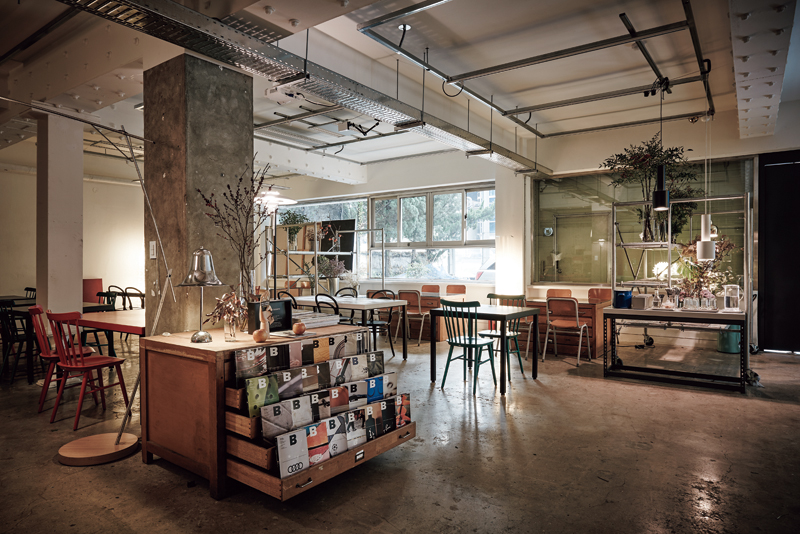
Café Zagmachi was recognized for preserving the character of the print shop that formerly occupied the old building. The café had a strong identity as a site for lectures, exhibitions, pop-ups, and other events, which was rare at the time.
Courtesy of Atelier Écriture
In the early days of Seongsu-dong’s revamp, the only new places worth visiting were cafés. Now it has an impressive selection of venues thanks in large part to director–curator Kim Jae-won. Her vision has transformed the neighborhood’s mood through the development of innovative commercial spaces.
She began this journey in 2014 when she turned a print shop into a multipurpose cultural space called Zagmachi. It infused cultural warmth into Seongsu-dong’s raw environs and initiated the process of redefining them. Two years later, she introduced Orer, which became the top place for young café-goers looking for a spot to work and study. With W x D x H (2017) and Orer Archive (2018), she then demonstrated how a curated display of products and decorative items could become a commodity in its own right.
Ode to Sweet (2019) attracted patisserie aficionados and LCDC SEOUL (2021) enriched the retail scene. In 2022, after Orer and Zagmachi had closed, stationery store Point of View took over the site of the former. The must-visit anchor store recommends tools for creators and is just one more reason why Kim Jae-won is dubbed the pioneer of Seongsu-dong.
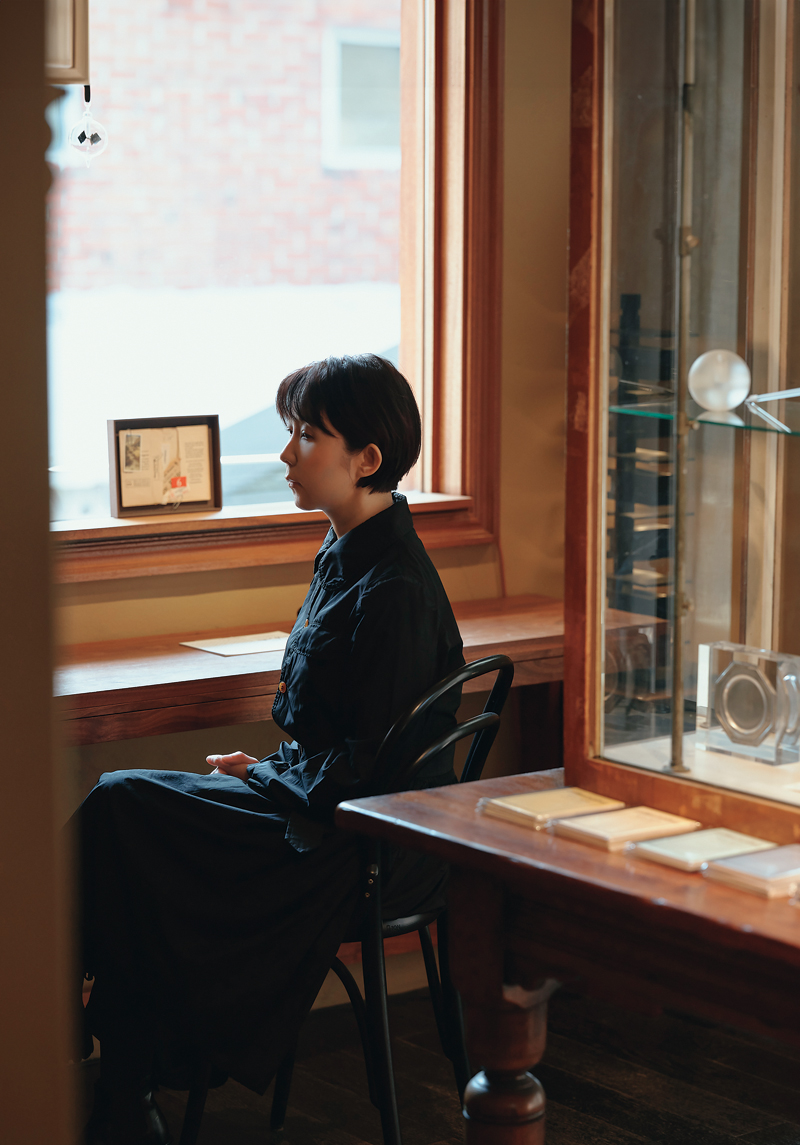
Over the past ten years, CEO Kim Jae-won of Atelier Écriture has enriched the Seongsu-dong retail scene with innovative projects, earning her a reputation as the neighborhood’s foremost pioneer.
How has seongsu-dong changed?
In the past, print shops lined the streets, and you often saw forklifts carrying paper. There used to be many auto repair garages as well, and you could easily spot luxury sports cars on the road. But all of that’s gone now. When we opened Zagmachi, there were few places where our staff could have a quick bite. I remember we had a deal with this restaurant serving rice and side dishes, and they operated on a tab system. But at some point, all those stores disappeared.
I can truly feel the passage of time when I realize the neighbors are no longer around. It’s been a while since the hair salon next to Point of View went out of business. Recently, the machinery factory across the street closed as well. It manufactured the dough mixer that Orer used to bake cakes.
Why is the area so popular?
It’s attractive in its own special way. It’s one of the few remaining semi-industrial zones in the middle of Seoul. Despite the industrial decline, the aura unique to factory zones persists, for example, in buildings finished in red brick or airy façades. When a space is used for an entirely new purpose, it s a feeling and sense of scale that are not easily experienced in other neighborhoods. Seongsu-dong’s location has also worked in its favor, since it’s well-connected to Gangnam and lies near Konkuk, Sejong, and Hanyang universities, encouraging an inflow of youth culture.
You are often called a pioneer.
I suppose it’s true that I hoisted the flag first. Seongsui-ro and Yeonmujang-gil, where Zagmachi and Orer were located, became famous streets, and once LCDC SEOUL opened, the eastern part of Yeonmujang-gil began to develop as well.
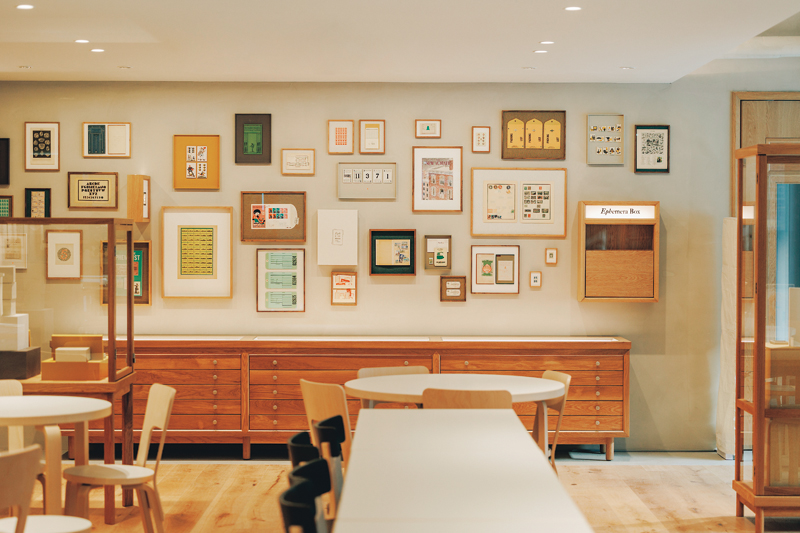
The interior of Ephemera is decorated with paper articles for ephemeral uses, such as stamps, tickets, flyers, and bills. They blend with the classic design to elicit a soft, soothing feel.
Courtesy of Atelier Écriture
What first drew you to the area?
When I was studying in London, I witnessed East London change firsthand. It was around the time when artists moved in and a new cultural scene began to emerge. After the city hosted the Olympic Games in 2012, the neighborhood became increasingly vibrant. You can draw a lot of parallels between East London and Seongsu-dong in that they both lie to the east of the city and were both underdeveloped.
When I was teaching textile design at Konkuk University, I felt sorry for my students who didn’t have a place to hang out and had to go far across town to the Hongdae area. What’s more, no one served good coffee in Seongsu-dong. Specialty coffee was taking off in Korea at the time, but you had to go to either Hongdae or Itaewon to get it. That’s why I opened Zagmachi.
Many people say Zagmachi fit right in.
As we renovated the print shop, we aimed at reflecting its qualities, leaving the H-beams and using scrapped items as design elements. Back then, there were hardly any cafés in Seoul larger than 100 pyeong [330 square meters]. Zagmachi’s atmosphere was quite free, so you could be left undisturbed. Trendsetters, such as artists and designers, gradually began to notice it. We also planned special events like “Discovery of Patrons,” where interesting customers were invited to give lessons, or “Cookie Exhibition,” a marketplace for amateur cookie artists.
Orer opened amid a boom.
Around that time, famous cafés, including Daelim Changgo and Cafe Onion, opened almost simultaneously. I thought we would be competitors, but as it turned out, our shops produced a synergistic effect. Word of mouth spread that there were special spaces in Seongsu-dong. People even came on café tours on leased buses. Eventually, customers asked where they could buy the dishes, cutlery, and tableware used in Orer. That’s when I knew it was time to open a lifestyle shop.
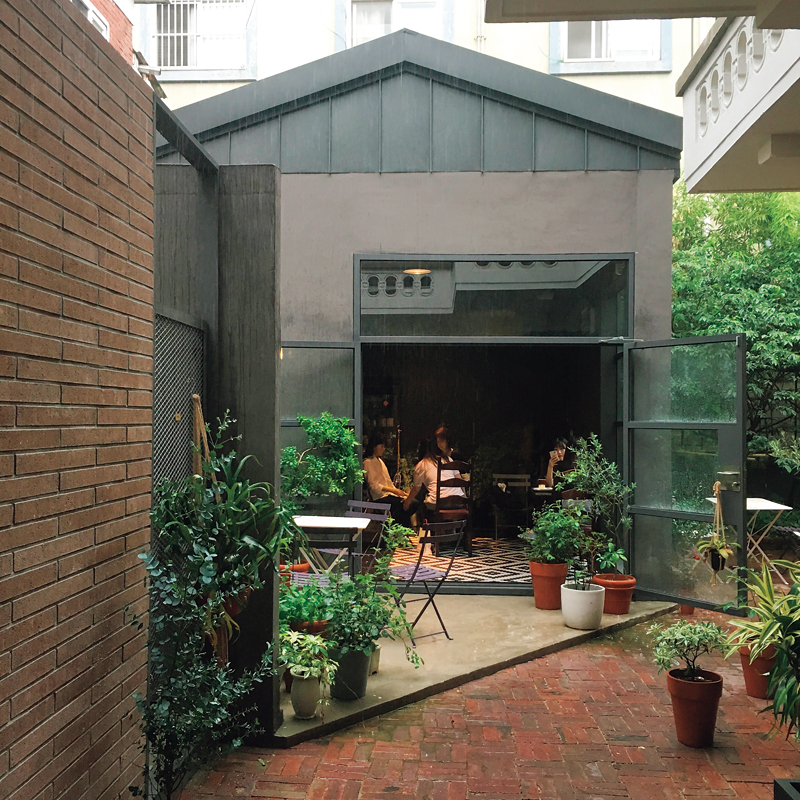
Café Orer, d by remodeling a house and warehouse, was a space that became famous for its comfortable atmosphere reminiscent of a home garden. It closed in 2022 but is still remembered by many people.
Courtesy of Atelier Écriture
Did that inspire Point of View?
I decorated the inside of Orer with branches and pebbles, and I remember sort of being taken aback when people asked me if they could buy them. But then I felt that what they truly wanted wasn’t the s per se but the overall look and feeling of the place. Realizing that curation itself could become a commodity, I opened Orer Archive, and since I loved stationery so much, I started Point of View.
How do you feel about your staying power in the area?
A neighborhood’s vitality can only be maintained when exclusive brands survive. I have so much affection for Seongsu-dong, and I wanted to continue creating fun stuff here, just like in the video game The Sims. But I didn’t do it randomly. Every step had meaning and a reason behind it, which led naturally to the final outcome. I was also able to ride the wave because Instagram entered the equation around this time, which helped small well-curated brands to survive.
Your projects are widely praised.
I think every brand has its own style. So, I work out the details, such as the interior design, the background music, and even the tone of speech to be used on Instagram, to an extremely granular level. I continue to fine-tune the character that I established depending on the situation. Brands and spaces aren’t static like rocks; they move around like living organisms. I think you need to observe people’s responses and pivot accordingly to get close to perfection. Observation is key. If you look closely at how visitors interact with the space, you gain clues for your next plan.
Which is…?
Instead of launching a new brand, I want to try a different version of Point of View, perhaps maintaining the existing concept but just keeping the s closely related to handicrafts or just curating paper or ceramics.
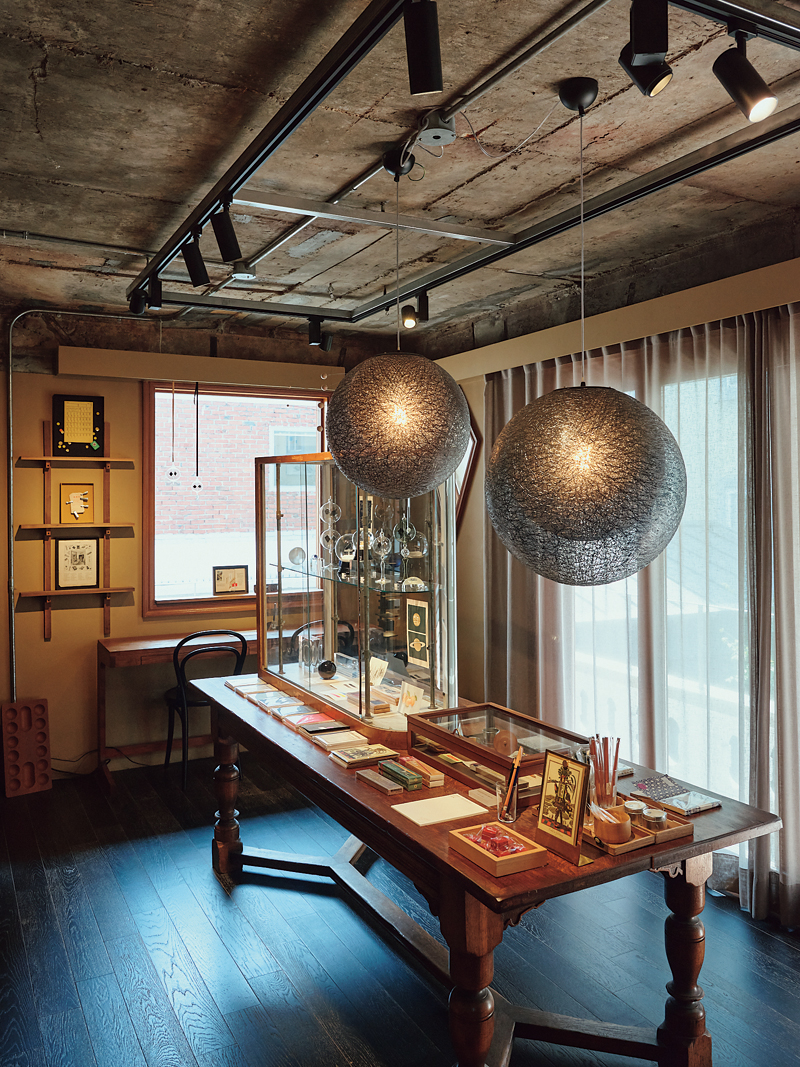
Inside the stationery store Point of View, where Kim delicately curates different types of stationery and objets d’art to inspire creators and storytellers.
What local spots would you recommend to first-timers?
I suggest taking a stroll around the neighborhood. A huge amount of content is pouring into Seongsu-dong. A well-curated pop-up store can provide a fun experience, so maybe list all the stores you want to visit and check them off one by one. In the meantime, you could check out the landmarks, for example, Point of View; LCDC; Meshcoffee; Flavour Town, an Asian restaurant; SEOUL BREWERY, a popular craft beer place; or ADER Seongsu Space, the flagship store of fashion brand ADERERROR. I think the best way to enjoy today’s Seongsu-dong is to balance your visit between relatively longstanding places and transient pop-up stores.
Yoo Ji-yeon Reporter, JoongAng Ilbo
Heo Dong-wuk Photographer